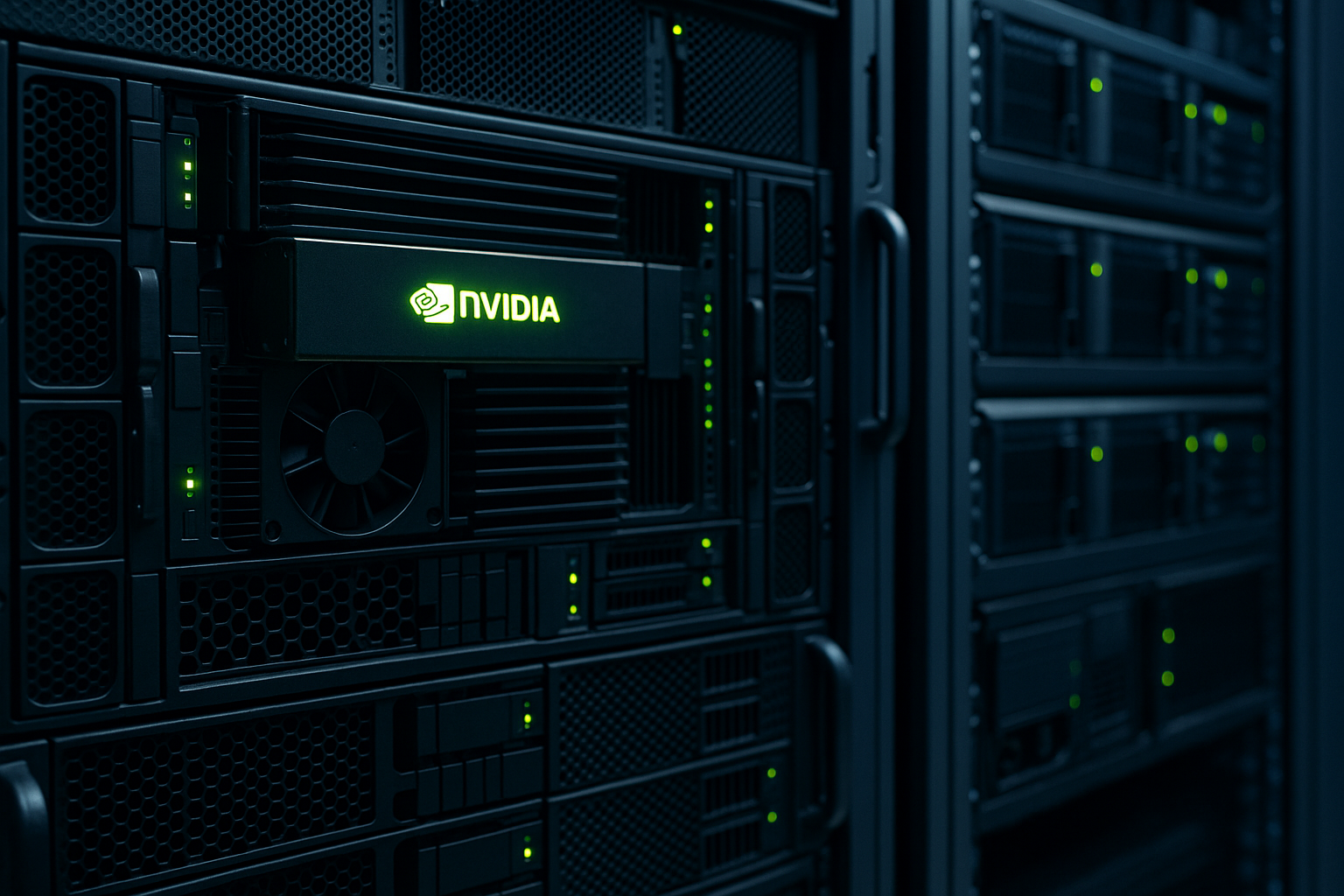How high-performance servers are redefining AI and ML workloads
The new standard for AI-ready infrastructure
Modern high-performance servers are redefining the speed and scalability of AI and machine learning systems. Traditional compute setups are no longer sufficient for the massive datasets and parallel processing required in model training. Companies such as Dell and NVIDIA are designing servers purpose-built for deep learning workloads, integrating GPUs, high-speed interconnects, and advanced cooling technologies. As a result, businesses can train complex models faster, deploy applications more efficiently, and reduce time to insight.
Optimized architecture for accelerated performance
Recent advancements in high-performance servers show how AI workloads demand balance between compute, memory, and thermal design. The latest Dell PowerEdge line introduces AMD-powered configurations with improved energy efficiency and multi-GPU scaling. These systems are optimized for AI inferencing and model training, allowing enterprises to handle massive parallel computations. In addition, modular architectures let companies tailor configurations for vision AI, predictive analytics, or generative AI models, ensuring adaptability and cost control.
Efficiency and sustainability in data operations
Energy consumption remains one of the main challenges in AI infrastructure. Therefore, manufacturers focus on smarter thermal controls, liquid cooling, and AI-assisted monitoring to optimize power usage. These high-performance servers automatically adjust fan speeds, voltage, and workloads to maintain peak performance without overheating. For organizations investing in sustainable data centers, this combination of performance and energy efficiency becomes essential to meet environmental goals while maintaining computational intensity.
Future trends in AI and ML processing
The future of high-performance servers is about integration and intelligence. As AI models evolve, hardware will need to adapt dynamically to workload patterns. This includes predictive maintenance, automated tuning, and edge-to-cloud synchronization. Furthermore, new generations of accelerators and GPUs will allow real-time model updates, driving continuous learning in industrial, healthcare, and financial applications. Ultimately, these innovations are not just powering machines—they’re enabling smarter decisions at every scale.
Source: TechRadar

